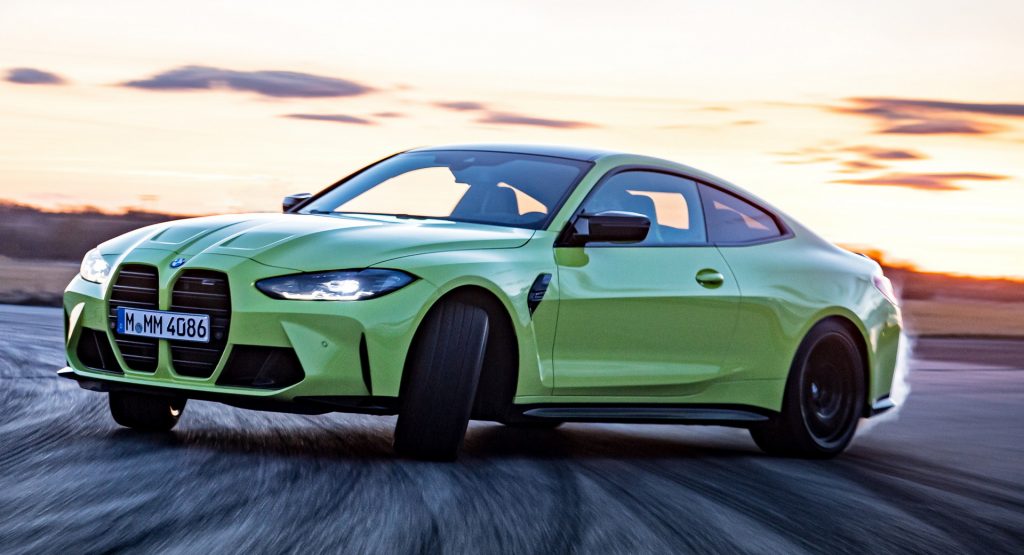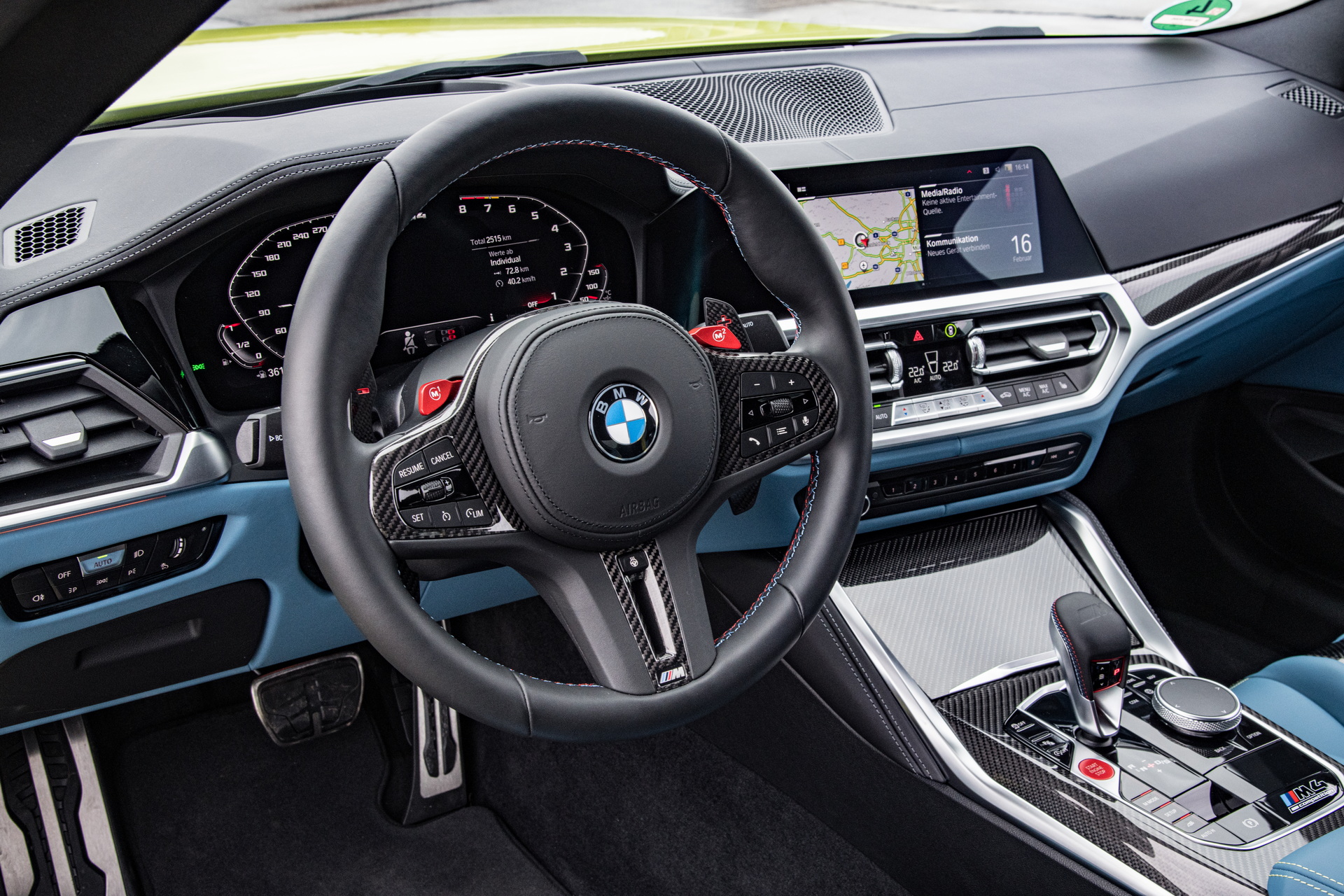In its latest video, BMW has taken six minutes to explain the reasoning behind its decision to fit the new M3 and M4 with a torque converter automatic transmission instead of a dual-clutch one.
With the help of a transmission designer named Karsten, the advantages of the torque converter gearbox are outlined. The move away from a DCT transmission in any M car is noteworthy because its speed is hard to beat.
“Yes, changing gear with a double-clutch transmission is even faster and sharper with the optimal gear because it can also use inertia, which we can’t with a torque converter transmission,” says Karsten.
Read Also: Is The 2021 BMW M4 With The Six-Speed Manual The One To Buy?
Despite that, the M3 and the M4 now use a slightly slower torque converter transmission because it’s a question of considering the full package. These are known to be smoother at low speeds, which makes them better for luxury applications.
Their sluggishness made them unfashionable for performance cars in the oughts and the early teens, but they recently had a renaissance. Thanks to the hard work of people like Karsten, torque converter transmission shift speeds have improved and this one can shift gears in as little as 150 milliseconds. There are other advantages, too.
“With the torque converter transmission, through the converter lock-up clutch and the direct clutch to clutch shift, we now have, in principle, all gears pre-selected,” says Karsten. “Whereby with the double-clutch transmission, just one other gear can be preselected, which means that you can shift very quickly into this gear. If you decide on a different gear, then the gear shift is not optimal.”
That means that drivers have better shifts more of the time, and smoother changes at low speeds. Indeed, BMW feels it’s the best transmission for even high-performance applications like the M3/M4.
“I think the gear change is pretty close to perfection both as regards speed and comfort,” says Karsten.





